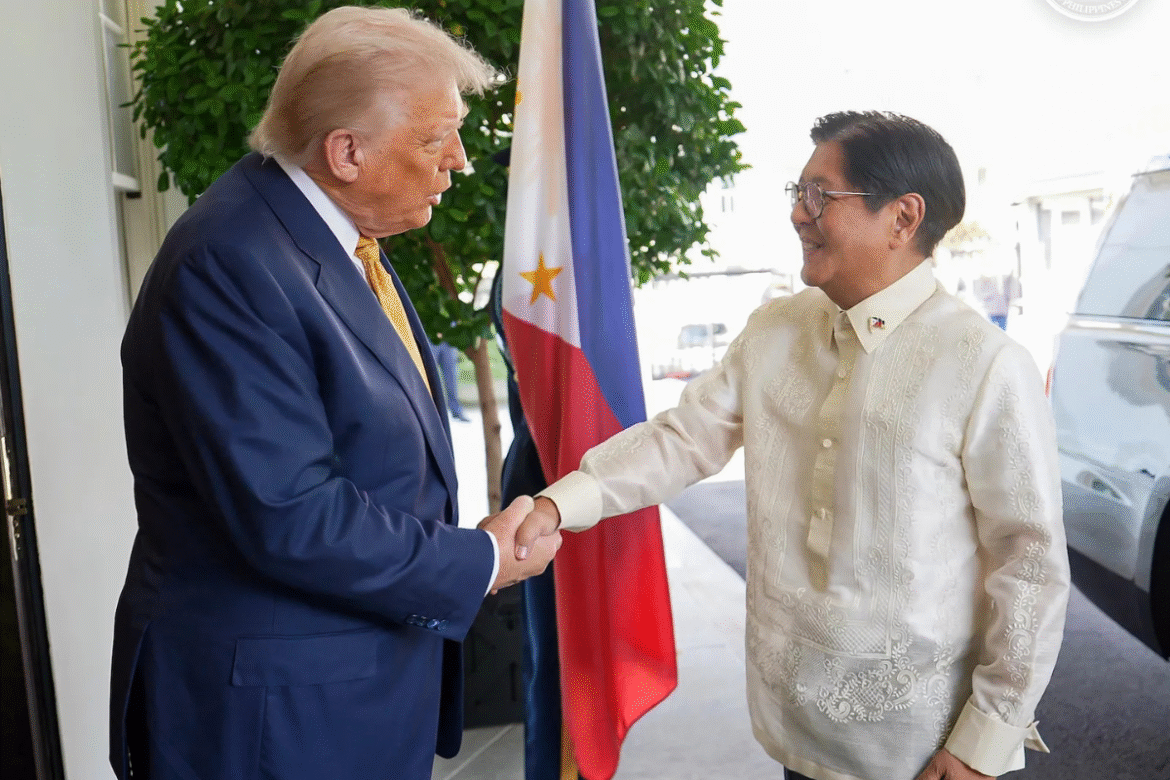In a significant development in U.S.-Philippines trade relations, President Donald Trump announced a new trade agreement on July 22, 2025, imposing a 19% tariff on goods imported from the Philippines. This move marks a notable shift in the United States’ trade policy and has implications for bilateral economic interactions.
The announcement was made following a meeting between President Trump and Philippine President Ferdinand Marcos Jr. at the White House. President Trump described the agreement as a step towards an “open market” between the two nations, highlighting the 19% tariff rate as a fair adjustment from the previously threatened 20% rate.
Key Provisions of the Trade Agreement
Tariff Structure
U.S. Imports from the Philippines: A 19% tariff will be applied to goods exported from the Philippines to the United States.
Philippine Imports from the U.S.: Goods imported from the United States into the Philippines will be exempt from tariffs, promoting a more open market for U.S. products.
Bilateral Trade Enhancements
Market Access: The agreement aims to increase access for U.S. goods in the Philippine market, including agricultural products and manufactured goods.
Investment Opportunities: Both countries have expressed interest in enhancing investment flows, with potential for increased U.S. investments in the Philippines’ infrastructure and technology sectors.
Military Cooperation
In addition to trade discussions, President Trump and President Marcos emphasized the importance of strengthening military ties between the two nations. The U.S. has committed to supporting the modernization of the Philippine military, particularly in the face of regional security challenges in the South China Sea.
Economic Implications
Impact on Philippine Exports
The imposition of a 19% tariff on Philippine exports to the U.S. may affect industries such as electronics, textiles, and agricultural products. Exporters may face increased costs, potentially leading to higher prices for consumers and reduced competitiveness in the U.S. market.
Opportunities for U.S. Businesses
With the removal of tariffs on U.S. goods entering the Philippines, American businesses may find new opportunities in sectors like agriculture, pharmaceuticals, and manufacturing. The Philippines’ growing consumer market presents a potential avenue for U.S. companies to expand their presence in Southeast Asia.
Broader Regional Effects
This trade agreement could influence trade dynamics in the Asia-Pacific region, particularly concerning China’s economic influence. The U.S. has indicated that the Philippines’ alignment with American trade policies may serve as a model for other nations in the region.
Conclusion
The newly established trade agreement between the United States and the Philippines represents a significant step in bilateral relations, characterized by a shift towards a more open market and strengthened military cooperation. While the imposition of a 19% tariff on Philippine exports may present challenges, the removal of tariffs on U.S. goods entering the Philippines offers new opportunities for American businesses. As both nations move forward, the long-term effects of this agreement will unfold, potentially reshaping trade and diplomatic relations in the Asia-Pacific region.
